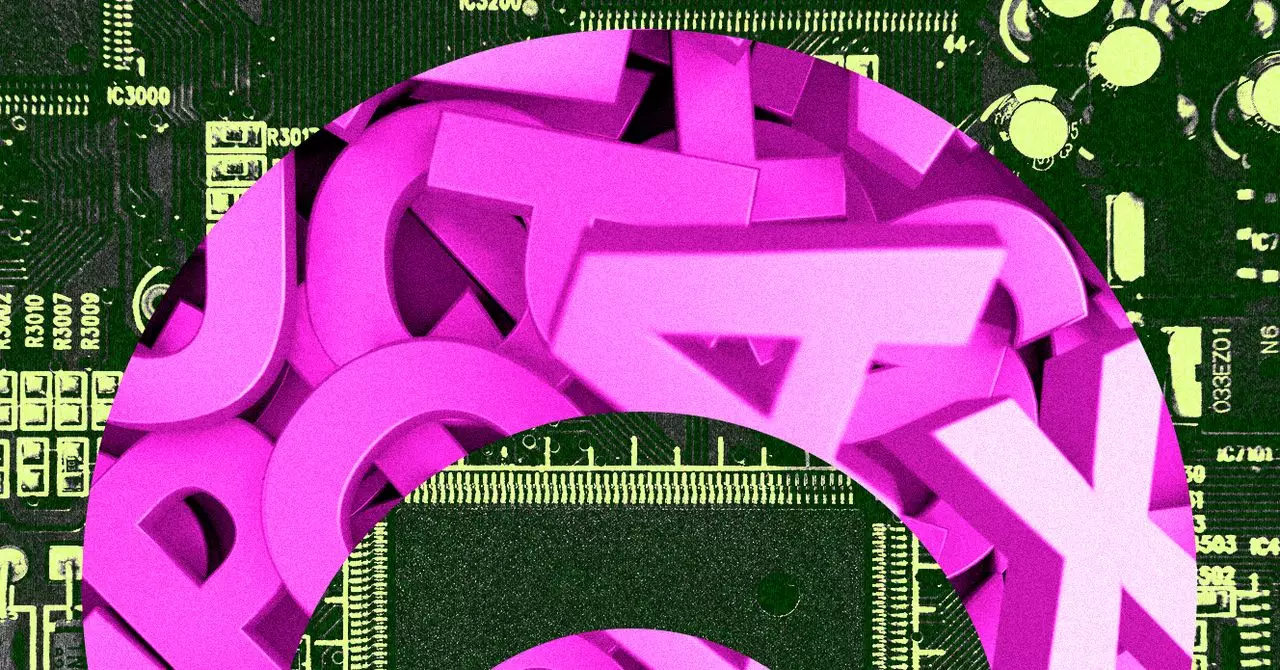In an unprecedented leap for artificial intelligence, researchers have catalyzed a rethinking of traditional models for AI training. The introduction of Collective-1—a groundbreaking large language model developed collaboratively by startups Flower AI and Vana—marks a potential paradigm shift in an industry often defined by its heavy reliance on concentrated resources and massive funding. The evolution towards a more decentralized training approach could not only democratize access to powerful AI tools but also challenge the dominance of tech powerhouses in the sector.
Collective-1, boasting 7 billion parameters, may initially seem modest compared to the colossal models currently behind leading AI applications like ChatGPT or OpenAI’s Gemini. However, the implications of its distributed training methodology are anything but small. By utilizing a network of GPUs spread across the globe, Flower AI has devised a way to train AI models without the necessity of pooling extensive compute resources in a singular data center. This kind of innovation could expand the doors of AI accessibility to smaller enterprises and educational institutions, who have typically been sidelined due to the enormous infrastructure costs of state-of-the-art computing facilities.
Breaking Down Barriers: Accessibility in AI Development
At the heart of this new approach lies the promise of increased accessibility. In a landscape where the most powerful AI models are largely restricted to affluent corporations, Flower AI’s decentralized method could seek to level the playing field. By allowing disparate entities to collaborate and share resources, entire regions—especially those lacking advanced technology infrastructure—could contribute to the development of robust AI systems. This not only supports innovation but also helps ensure that advancements in AI serve broader segments of society.
Nic Lane, co-founder of Flower AI and an influential figure in AI research, underscores the importance of this distributed framework. He emphasizes that this method is scalable and has far-reaching potential, capable of supporting models significantly larger than Collective-1. Lane’s vision includes an ambitious plan to develop models even approaching the scale of the industry’s titans, thereby redefining who has the ability to innovate in AI.
Shifting Power Dynamics in AI
The introduction of collective training methodologies invites deeper discussions on power imbalances within the AI sector. Current dominant companies, with their sprawling data centers and vast amounts of copyrighted content, have constructed barriers that make entrance nearly impossible for all but the wealthiest players. Flower AI’s distributed model not only disrupts this status quo but prompts a reevaluation of how AI is built and who gets to build it.
Moreover, experts like Helen Toner from the Center for Security and Emerging Technology recognize the significance of this approach. While she notes it may still lag behind frontier models, its adaptability represents a “fast-follower” strategy that could shift competitive advantage away from incumbents. This could trigger a race towards greater inclusivity in AI innovation, as smaller firms and academic institutions begin to capitalize on the possibilities presented by distributed computing.
The Technical and Ethical Considerations of Distributed Training
However, the transition to distributed training is not devoid of challenges. The technical intricacies involved in strategizing how computational loads are distributed among multiple hardware sites raise critical questions. By rethinking the traditional mechanics of AI training—often confined to advanced GPUs working in concert—Flower AI’s methodology necessitates new strategies to manage latency and data integrity.
The potential ethical considerations are equally substantial. The vast reliance on data sourced from platforms like Reddit and Telegram necessitates a cautious approach to data privacy and consent. As AI continues to evolve, developers must ensure that their methodologies respect the integrity and rights of individual data contributors.
In essence, while the promise of distributed AI training incorporates thrilling opportunities for technological growth, it is also accompanied by newfound responsibilities. The future of AI development may well hinge on how the industry navigates these complexities, balancing innovation with ethical considerations as it embraces a more inclusive model for progress.

